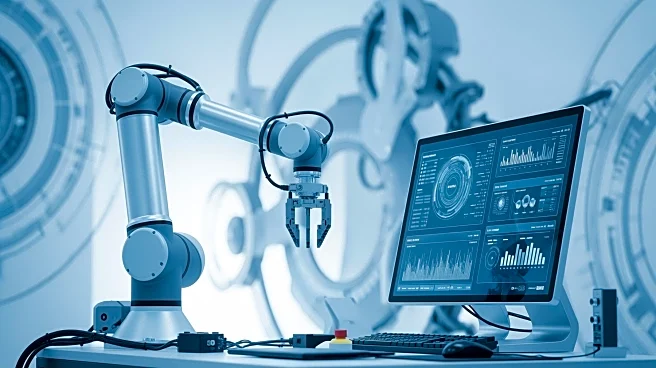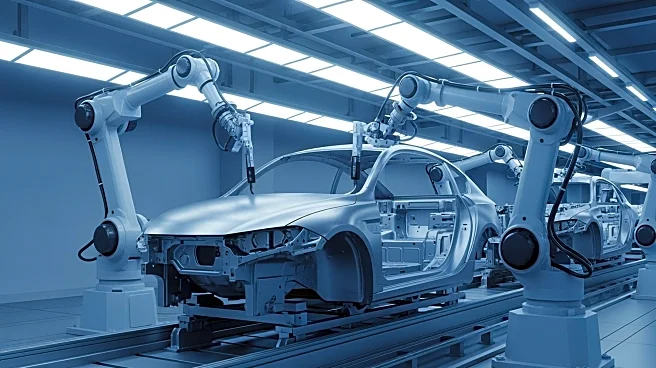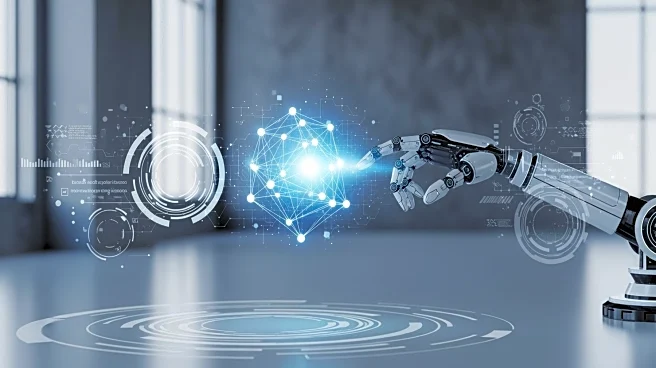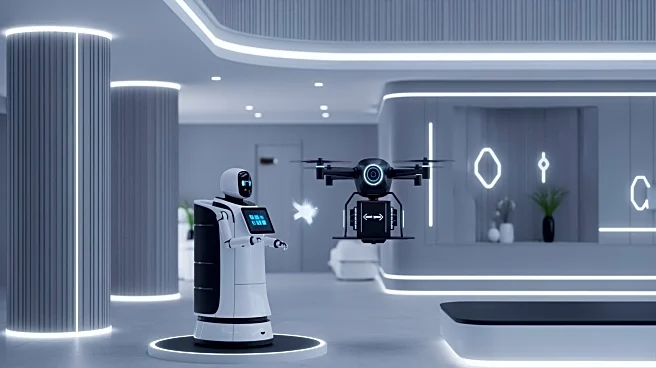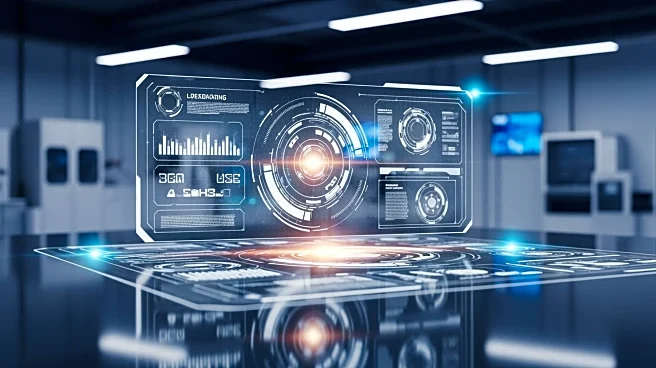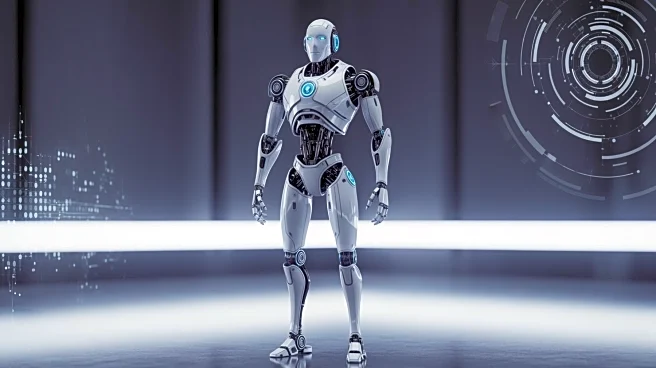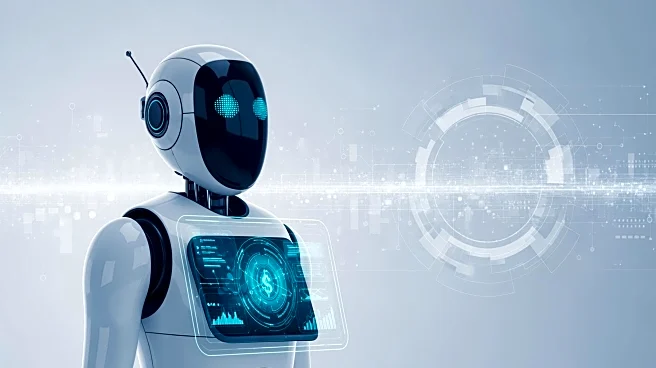What's Happening?
A new dataset has been developed to improve human-robot systems (HRS) in industrial settings, focusing on sequential human assembly and disassembly tasks. This dataset aims to address limitations in existing datasets by providing real-world scenarios
with human-robot occlusions and sequential task procedures. It includes data from 33 individuals performing tasks in environments where robots affect the surroundings, using multiple camera views without wearable devices. The dataset supports various research applications, including human motion prediction and robotic task planning, and offers comprehensive features such as raw video streams and Python scripts for data processing.
Why It's Important?
The development of this dataset is significant for advancing human-robot collaboration in industrial environments. By providing detailed data on human motions in task-oriented settings, it enables researchers to improve the efficiency and effectiveness of HRS. This can lead to better integration of robots in manufacturing and other industries, enhancing productivity and safety. The dataset's focus on real-world conditions, including occlusions and task sequences, addresses critical gaps in current research, potentially leading to more robust and adaptable robotic systems.
What's Next?
The dataset is expected to facilitate further research in human-robot systems, particularly in areas such as action recognition and task sequence prediction. Researchers may use the dataset to develop new models for human motion processing and robotic task planning, improving the interaction between humans and robots in industrial settings. The availability of comprehensive data and tools for replication and benchmarking will likely encourage collaboration and innovation in the field, driving advancements in HRS technology.
Beyond the Headlines
The dataset's emphasis on real-world scenarios and task-oriented human motions highlights the ethical and practical considerations of deploying robots in industrial environments. By addressing the challenges of human-robot occlusions and task sequences, it contributes to the development of systems that can operate effectively alongside human workers, potentially transforming the landscape of industrial labor.
